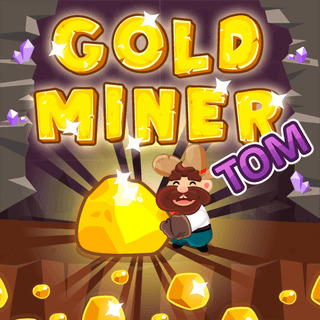

Parking Fury

Who Am I Gues

Diamond Rush

Rush Car Driv

Call Of The J

Asmr Water Vs

Ticktock Egg

Hex Blitz

Live Star Dol

Newtons Fruit

Suika Bubble

Heaven Or Hel

Nugget Collec

One2one

1945 Air Forc

Tricky Shots

Nutcracker Ne

Turbo Race

Doors Awakeni

Stumble Guys

Escape Ancien

Wordle 2.0

Nitro Speed C

Sandwich Runn

Solitaire Klo

Danboard Adve

Tip Tap!

Car Park Simu

Sprunki Match

Stellar Fusio

Teardown - De

Sponge Challe

Spinning Uia

Obby Tower Pa

Minicraft Win

Bus Simulator

Walkers Attac

Cat Evolution

Demolition De

Lamphead

Squid Game Co

Baby Piano Ch

Hydraulic Pre

Kitten Match

Gold Miner To

Office Escape

Shop Sorting

Imposter Colo

Slpoing Path

Drive, Race,

Count Master

Pin Puzzle Lo

The Earth Evo

Mask Evolutio

Blast Sprunki

Ratomilton Re

Bffs Golden H

Sponge Challe

Stick Ninja S

Geometry Rash

Emoji Smasher

Garden Match

My First Robo

Dino Egg Shoo

Hardventure

Fruit Party

Bed Wars

Fill One Line

Vikings Vs Mo

Merge Drop

Obby Prison:

Color Water S

Elemental Glo

Stack Blocks

Screw Jam - F

Paws & Pals D

Slenderman Ba

Merge Jewels

Color Roll 3d

Boolu Bask

Birdy Rush

Street Hoops

Go To Zero

Gross Out Run

Sprunki Retak

Parking Jam

Survival Swor

Puzzle Blocks

Sort It

Earthquake Io

Graffiti Tags

Freecell Soli

3d Penalty

Sprunki Incre

Mahjong Sort

Chicken Strik

Youtuber Mcra

Army Fight 3d

Love Tile Tri

Among Golden

Mahjongg Soli

Player Bomber

Lumber Factor

Mineblocks 3d

Magic Jewels

Quackventure

Color Candy C

Squid Escape

Friday Night

Smash The Bot

Poca Avatar L

Giant Run 3d

Hexa Sort: Wi

Airport Maste

Braindom

Duckyfly Go!

Emoji Challen

Cube Match

Kitty Couple

Kitty Squad W

Winter Mahjon

Baby Taylor B

Pet Dentist

Nightmare Cou

Taylor And Je

Baby Ice Prin

Plinker

Office Escape

Ellie Chinese

Ellie And Fri

Baby Taylor T

Mr Hacker The

Baby Pet Sitt

Toca Teens Co

Popaloon

One Plus Two

Kendel 7 Days

Sprunki Cross

Dropping Gems

Celebrity Lun

Headless Joe

Facechart

Garden Match

Euro Soccer S

Stickman Coll

Sprunki Color

Sprunki Rage

Drive To Surv

Love Tile Tri

Tower Crash 3

Pull Pins

Tris Fashioni

Chill Math Av

Blocks: Fill

Cute Animals

Moto X3m Dead

Mega Makeup -

Jewel Miner Q

Bubble Tower

Get 10

Poppy Playtim

Cut The Grass

Super Stock S

Greedy Snake

Crash The Rob

Carnage Battl